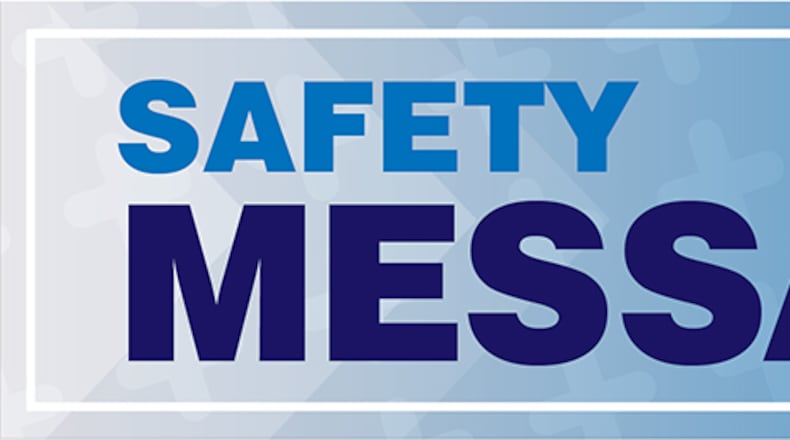According to the Centers for Disease Control and Prevention, more than 400 people in the United States die from unintentional CO poisoning every year, and over 4,000 others are hospitalized.
Lessons learned from mishaps
If you are in the market for a new car, you’ll find that all newer models are equipped with keyless entry: An easy push of a button starts your car just as long as you are carrying the key fob. However, this feature can become a contributing factor to an accident that results from human error.
The story normally starts and ends like this: Victim parks car in garage, forgets to turn it off by pushing keyless start and later CO strikes.
A horrific example occurred in 2015, when a man succumbed to CO after unknowingly leaving his vehicle running in a garage attached to the home. He fell asleep with the key fob in his pocket — and never woke up.
In another example, the Department of Labor reported that two landscaping employees died from CO exposure after a gasoline-fueled lawnmower was started inside an enclosed trailer, which then transported the crew to a job site. Not only did the company expose its workers to the deadly gas, but it failed to train them on how to recognize the hazard.
Identifying the hazard
The bad news is anyone can be at risk. But the CDC says infants, the elderly and people with chronic heart disease, anemia or breathing problems are more prone to illness or death. The good news?
This “invisible killer” is produced by burning fuels that can be detected with appropriate safety measures, before it’s too late.
· Cars, fireplaces, gas ranges, portable generators and furnaces burn this fuel.
· Winter can be a prime time for CO poisoning as people turn on heating systems and mistakenly warm their cars in garages. Always take extra precaution to ensure personal safety.
Prevent CO poisoning
The National Safety Council recommends that you install battery-operated or battery-backup CO detectors in the hallway near every bedroom in your home. Check or replace the battery when you change the time on your clocks each spring and fall and replace the detector every five years.
If the CO alarm sounds, do not ignore it or attempt to find the gas source. The Consumer Product Safety Commission instead recommends following these steps:
· Immediately move outside to fresh air
· Call emergency services, the fire department or 911
· Account for family members and do not re-enter the premises until emergency responders have given you permission
Additional safety tips
· Clean the chimney annually and make sure to open the fireplace damper before lighting a fire and well after it’s extinguished
· Do not use portable flameless-chemical heaters indoors
· Have your furnace, water heater, and other gas or coal-burning appliances serviced by a qualified technician
· Never use a gas oven for heating your home
· Never use a generator inside your home, basement, or garage or less than 20 feet from any window, door or vent; fatal levels of carbon monoxide can be produced in just minutes, even if doors and windows are open.
· Never run a car in a garage attached to a house, even with the garage door open; always open the door to a detached garage to let in fresh air when you run a vehicle inside.
· If you drive a car or SUV with a tailgate, open the vents or windows to make sure air is moving through. If only the tailgate is open, CO from the exhaust will be pulled into the vehicle.
About the Author
